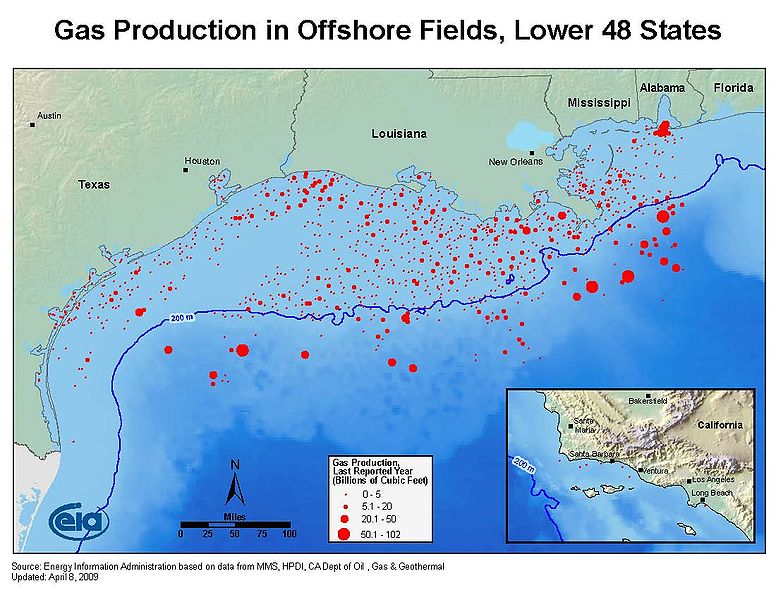
The U.S. Energy Information Administration (EIA) said on Tuesday that American petroleum and natural gas production increased by 16% and by 12%, respectively, in 2018, and these totals combined established a new production record.
U.S. crude oil production, for its part, spiked by a massive 17% last year, setting a new record of nearly 11 million barrels per day (bpd). However, the real story behind the story was crude production in the prolific Permian oil and gas producing region of western Texas and eastern New Mexico, which contributed to most of the growth in U.S. crude oil production in 2018.
U.S. crude production has continued to increase this year also. For each of the first five months of 2019, production showed increases over their 2018 levels, with April 2019 establishing a new monthly record. U.S. crude oil production averaged nearly 12.2 million bpd in April 2019, an increase of 1.7 million bpd compared with April 2018. Again, most of that production is coming from the Permian basin along with increases in Gulf of Mexico production.
Permian Basin Headwinds
However, there are still headwinds for the Permian basin, including the type of oil that the region produces. Permian oil is becoming too light in density for domestic refiners or for exports, eroding prices for these barrels. Traders claim that American refiners are grappling with the mismatch in the density of oil they require and what the country produces.
Most U.S. refiners are already configured to process heavier and medium crude blends, which explains why the U.S. has remained a large importer of Middle Eastern oil, particularly from Saudi Arabia, and until recently Venezuelan crude. Since the U.S. imposed sanctions on Venezuela earlier this year, the problem for refiners has been exacerbated.
The lighter oil is also trading at a discount against other light U.S. oil blends, also creating problems for many Permian producers.
U.S. Natural Gas
U.S. dry natural gas production increased by 12% in 2018 to 28.5 billion cubic feet per day (Bcf/d), or 31.5 quadrillion Btu, reaching a new record high for the second year in a row, the EIA report added. Ongoing growth in liquefied natural gas (LNG) export capacity and the expanded ability to reach new markets have supported increases in U.S. natural gas production.
However, there are also headwinds for the U.S. LNG export sector. As more of the fuel is produced it is already adding to an historic global supply overhang that is also grappling with record output from Australia, the new global LNG export leader. Australia recently passed Qatar in terms of liquefaction capacity to take the top slot. Australia now has a liquefaction capacity of 80 million tons per annum (mtpa), while Qatar has 77 mtpa. Russia is also adding to the supply glut with new production from its LNG export facilitates.
The excess of LNG has put downward pressure on LNG spot prices in Asia, home to around two thirds of global LNG demand. Spot prices for the super-cooled fuel dipped below the $4 per MMBtu price point in early August, a price point not seen in at least three years.
Going forward, the U.S. is projected to produce more oil and liquids than Russia and Saudi Arabia combined by 2025, according to Rystad Energy. Over the next five years, according to a report by the International Energy Agency (IEA), the U.S. will account for about 70% of global oil growth and nearly 75% of LNG export expansions.
Subscribe to our evening newsletter to stay informed during these challenging times!!